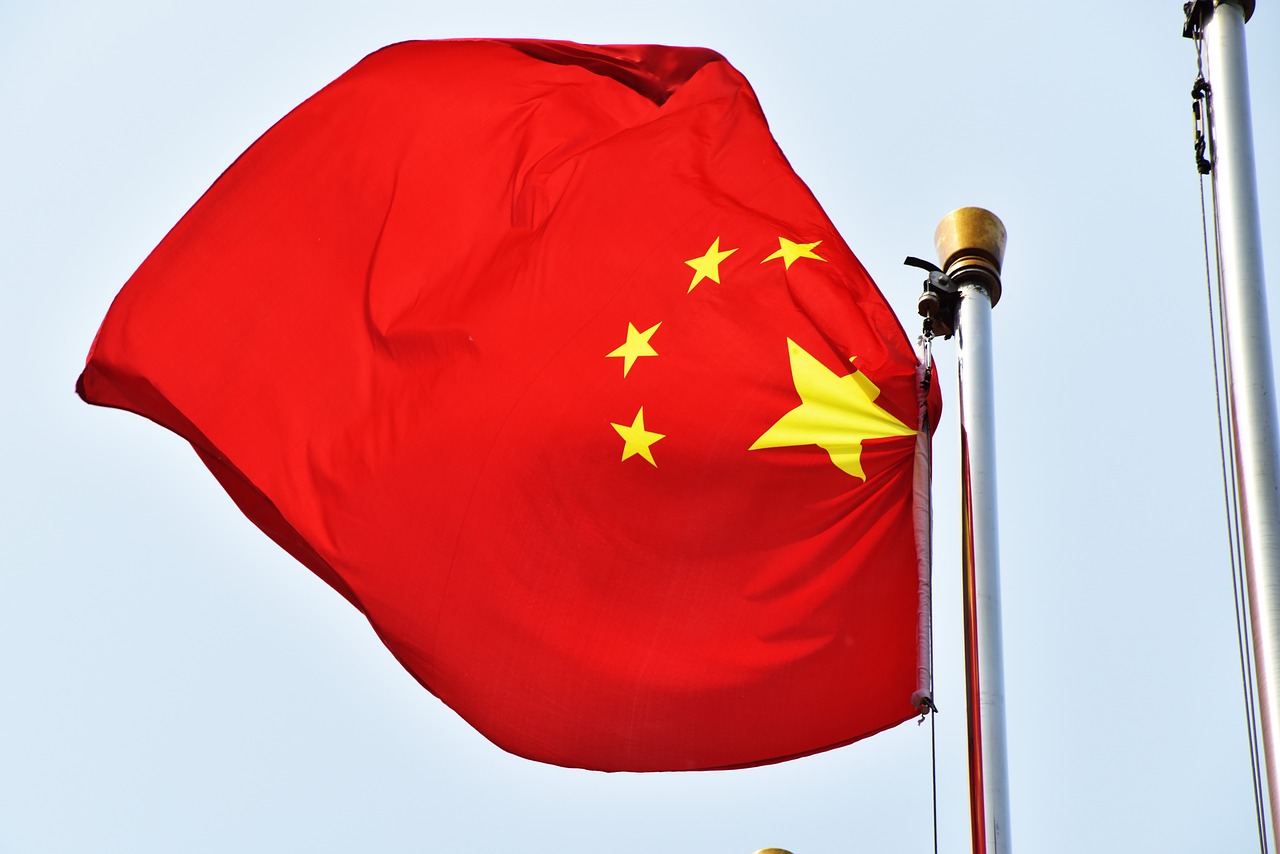 This is one of those times having a red flag waving in the wind is an unfortunate visual.
This is one of those times having a red flag waving in the wind is an unfortunate visual.
By Frank Andorka, Senior Correspondent
The South China Morning Post reports a Chinese solar market in freefall after the government decided it would no longer fund new solar farms and slashed subsidies to solar electricity users by almost 10%.
According to the paper, the government says the move is designed to wean the Chinese solar market off of government subsidies and put it on a more “sustainable path.” The Post wrote:
A joint statement put out on Friday by the National Development and Reform Commission, Ministry of Finance and National Energy Administration said, “The measures are aimed at “promoting the solar energy sector’s sustainable development, enhancing its development quality and speeding up reduction of subsidies.”
One observer of the U.S. markets wondered allowed if the U.S. market was ready for the onslaught of inexpensive panels that could flood the market as these Chinese manufacturers who are used to certain profit levels based on subsidies look to dump excess inventory into one of the world’s expanding solar markets.
“Watch the price dumping now,” the observer said, speaking on anonymity to discuss trade policy freely. “They are going to deluge modules to the U.S. market and get us addicted to low-cost modules even more.”
Roth Capital Partners put out a warning to its investors, downgrading its advice on all Chinese-related solar stocks.
“Our initial estimates suggest we are due for a potential massive 20 to 30 GW of annualized overcapacity in the coming months and quarters without a clear catalyst of rebalance,” Roth’s email said. “We expect to see a rapid deterioration in (average solar prices) through the entire supply chain – module all the way to poly silicon – while downstream players will benefit”
What is unclear at this time is the effect that President Donald J. Trump’s 30% tariffs, imposed in January, will be able to stop – or even slow – the onslaught into the U.S. market. Depending on how little the Chinese companies are willing to charge for the modules, they could in effect decide to work the 30% tariff into their prices. Though such dumping would be good in the short run for project developers in the United States, it would devastate what little module manufacturing is left here.

